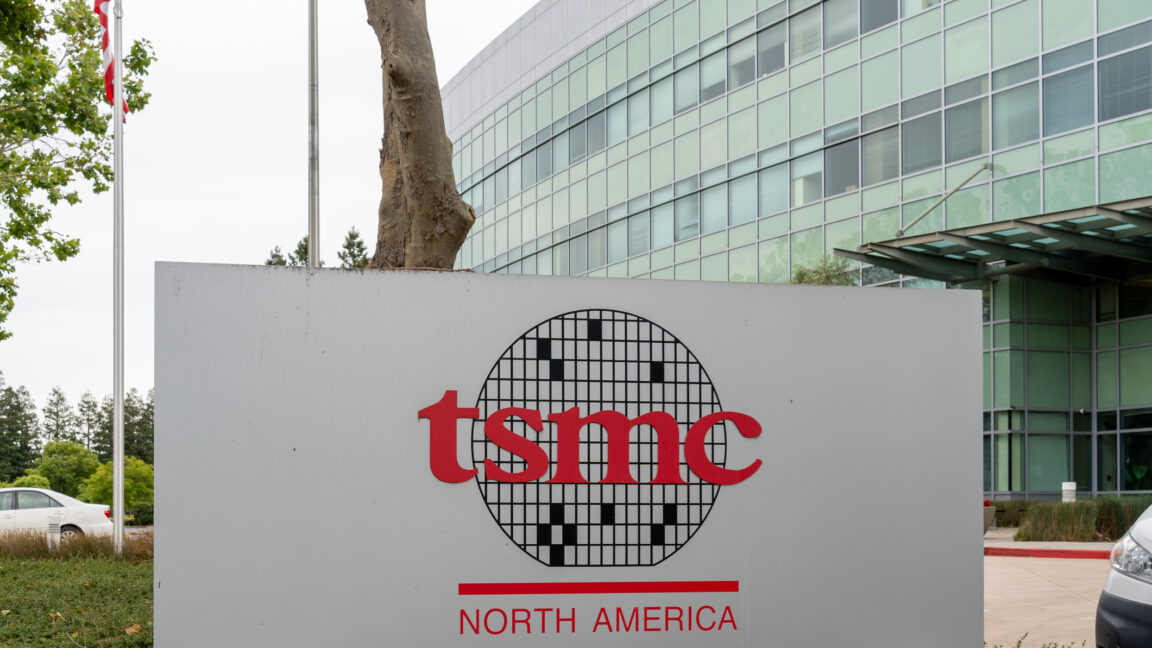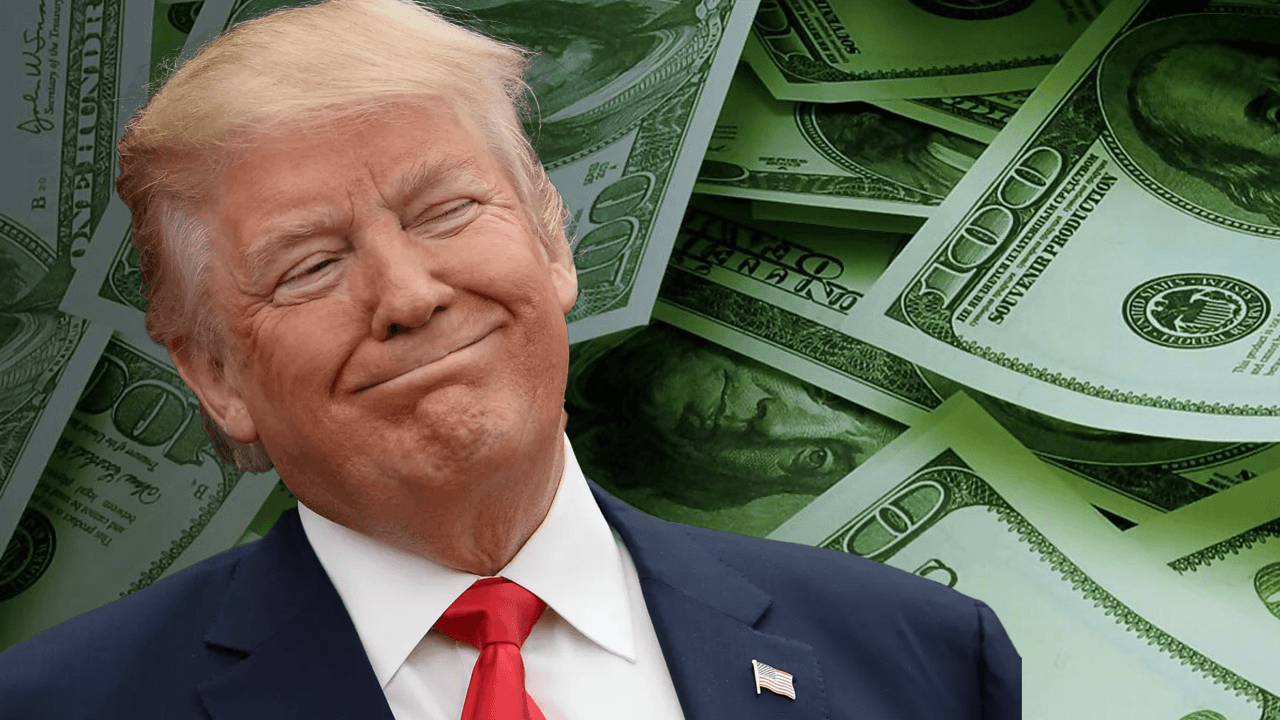Apple Stock: A Tough Call Amid Tariffs and Slowing Sales
Apple, once a Wall Street darling, has found itself in a tight squeeze this year, with shares dropping 20% amid escalating trade tensions and tariffs. The company, heavily reliant on China for manufacturing, faces increasing scrutiny as the U.S. imposes reciprocal tariffs—up to 125%—on imports, affecting the tech giant’s supply chain and product pricing. While recent tariff exemptions on smartphones and electronics provided Apple some much-needed relief, the temporary nature of this reprieve means the company’s financial struggles are far from over. Even if Apple shifts production to places like India or Vietnam, the majority of its manufacturing still relies on China, leaving the company vulnerable to future tariffs. Adding fuel to the fire, sluggish iPhone sales and a slow rollout of AI-powered features have compounded the issue. Apple’s earnings growth has been modest, and analysts have downgraded forecasts, with a 7% growth expected this year, which seems underwhelming in light of its 31 times earnings valuation. Apple’s $500 billion U.S. manufacturing plan offers some hope for the long term, but repositioning its global supply chain will take time. While AI innovations and potential tariff relief could turn things around, uncertainty looms, making it wise for investors to wait for a better entry point before jumping in.

Apple, once a Wall Street darling, has found itself in a tight squeeze this year, with shares dropping 20% amid escalating trade tensions and tariffs. The company, heavily reliant on China for manufacturing, faces increasing scrutiny as the U.S. imposes reciprocal tariffs—up to 125%—on imports, affecting the tech giant’s supply chain and product pricing.
While recent tariff exemptions on smartphones and electronics provided Apple some much-needed relief, the temporary nature of this reprieve means the company’s financial struggles are far from over. Even if Apple shifts production to places like India or Vietnam, the majority of its manufacturing still relies on China, leaving the company vulnerable to future tariffs.
Adding fuel to the fire, sluggish iPhone sales and a slow rollout of AI-powered features have compounded the issue. Apple’s earnings growth has been modest, and analysts have downgraded forecasts, with a 7% growth expected this year, which seems underwhelming in light of its 31 times earnings valuation.
Apple’s $500 billion U.S. manufacturing plan offers some hope for the long term, but repositioning its global supply chain will take time. While AI innovations and potential tariff relief could turn things around, uncertainty looms, making it wise for investors to wait for a better entry point before jumping in.










































































































































































![[The AI Show Episode 144]: ChatGPT’s New Memory, Shopify CEO’s Leaked “AI First” Memo, Google Cloud Next Releases, o3 and o4-mini Coming Soon & Llama 4’s Rocky Launch](https://www.marketingaiinstitute.com/hubfs/ep%20144%20cover.png)

































































































































![From fast food worker to cybersecurity engineer with Tae'lur Alexis [Podcast #169]](https://cdn.hashnode.com/res/hashnode/image/upload/v1745242807605/8a6cf71c-144f-4c91-9532-62d7c92c0f65.png?#)
























![BPMN-procesmodellering [closed]](https://i.sstatic.net/l7l8q49F.png)






















































































.jpg?#)

































_Tanapong_Sungkaew_via_Alamy.jpg?width=1280&auto=webp&quality=80&disable=upscale#)





























































































![PSA: Reddit confirms ongoing outage [U: Fixed]](https://i0.wp.com/9to5mac.com/wp-content/uploads/sites/6/2023/06/reddit-down.jpg?resize=1200%2C628&quality=82&strip=all&ssl=1)

















![Apple Releases iOS 18.5 Beta 3 and iPadOS 18.5 Beta 3 [Download]](https://www.iclarified.com/images/news/97076/97076/97076-640.jpg)
![Apple Seeds visionOS 2.5 Beta 3 to Developers [Download]](https://www.iclarified.com/images/news/97077/97077/97077-640.jpg)
![Apple Seeds tvOS 18.5 Beta 3 to Developers [Download]](https://www.iclarified.com/images/news/97078/97078/97078-640.jpg)
![Apple Seeds watchOS 11.5 Beta 3 to Developers [Download]](https://www.iclarified.com/images/news/97079/97079/97079-640.jpg)





























![Mobile Legends: Bang Bang [MLBB] Free Redeem Codes April 2025](https://www.talkandroid.com/wp-content/uploads/2024/07/Screenshot_20240704-093036_Mobile-Legends-Bang-Bang.jpg)
































































































